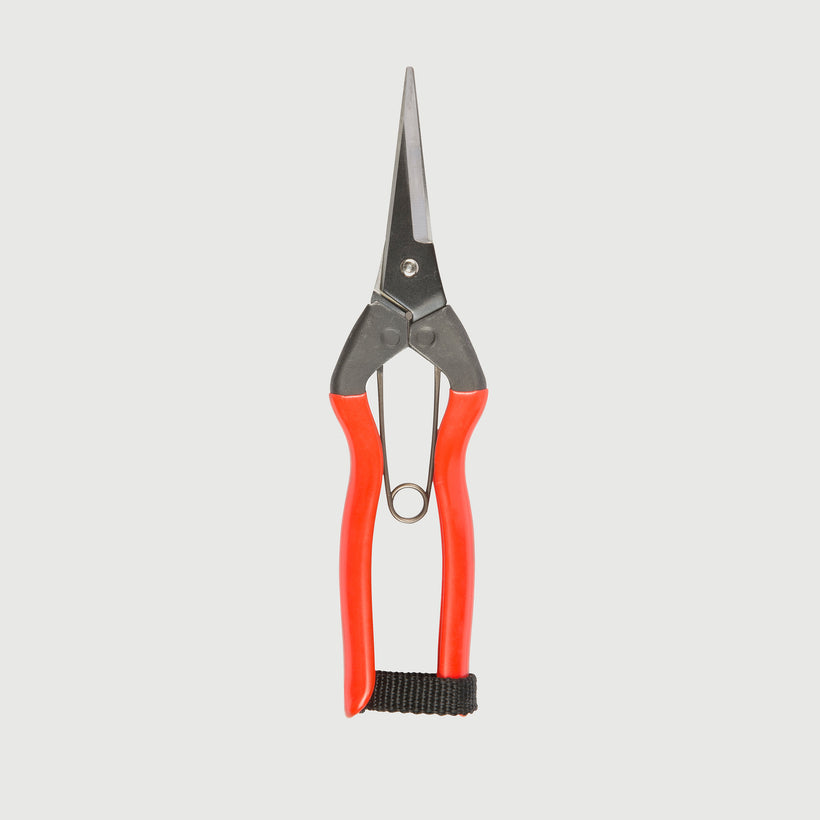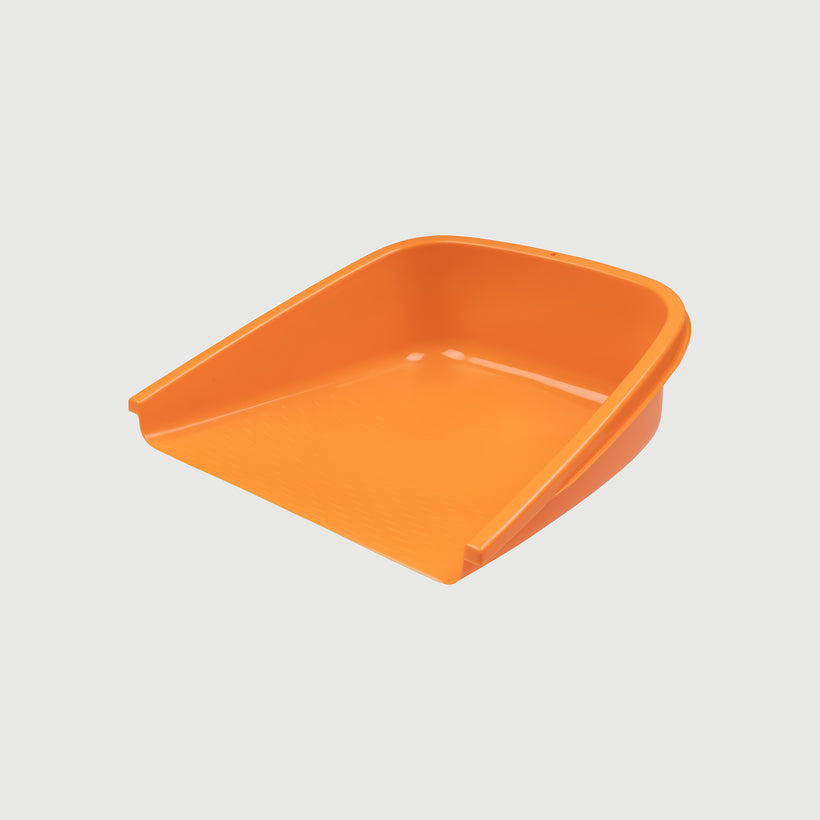用の美 - The Beauty of Everyday Things
The daily lives of ordinary people are replete with objects, common things used in commonplace settings. These objects are our constant companions in life. As such, writes Soetsu Yanagi, they should be made with care and built to last, treated with respect and even affection. They should be natural and simple, sturdy and safe - the aesthetic result of wholeheartedly fulfilling utilitarian needs. They should, in short, be things of beauty.
The significance of these thoughts and writings are still visible in contemporary culture and the concepts are something that resonates strongly with tokyobike, both informing our own designs and inspiring the curation of the store.
Yanagi Sōetsu introduced the concept of 用の美 “Beauty of Use”. His visionary ideas laid the foundation for the Mingei movement, a cultural phenomenon that emerged towards the end of the Taisho era and early Showa period. Mingei objects were typically characterized by their simplicity, functionality, and lack of ornamentation, and the movement emphasized a number of key principles including 'Beauty in Simplicity' and 'Beauty of Use'.




The term "beauty of use" reflected Yanagi's belief that the beauty of these objects lay not only in their visual appeal but also in their functionality and practicality. The objects were designed to be used and handled, and their beauty was enhanced by the patina of time and use.







It transformed the perception of utilitarian items and engendered a profound connection between handcrafted artistry and everyday functionality. This aesthetic consciousness, rooted in simplicity and practicality, remains deeply ingrained in Japanese culture, shaping a tradition that continues to resonate in the modern era.







Through daily use, product design often evolves. Elements are added or removed to gradually improve the design or adapt it to contemporary life. For tokyobike this can be seen in the design of the framesets and the angle of the fork. Incremental changes over the twenty or more years since it was first introduced have resulted in a more curved design that gives a more relaxed ride.



Soetsu Yanagi was a visionary thinker whose contribution to the understanding and appreciation of Japanese aesthetics is hard to overstate. His ideas have had a lasting impact on the development of modern Japanese art and design, as well as on the global appreciation of Japanese culture.






